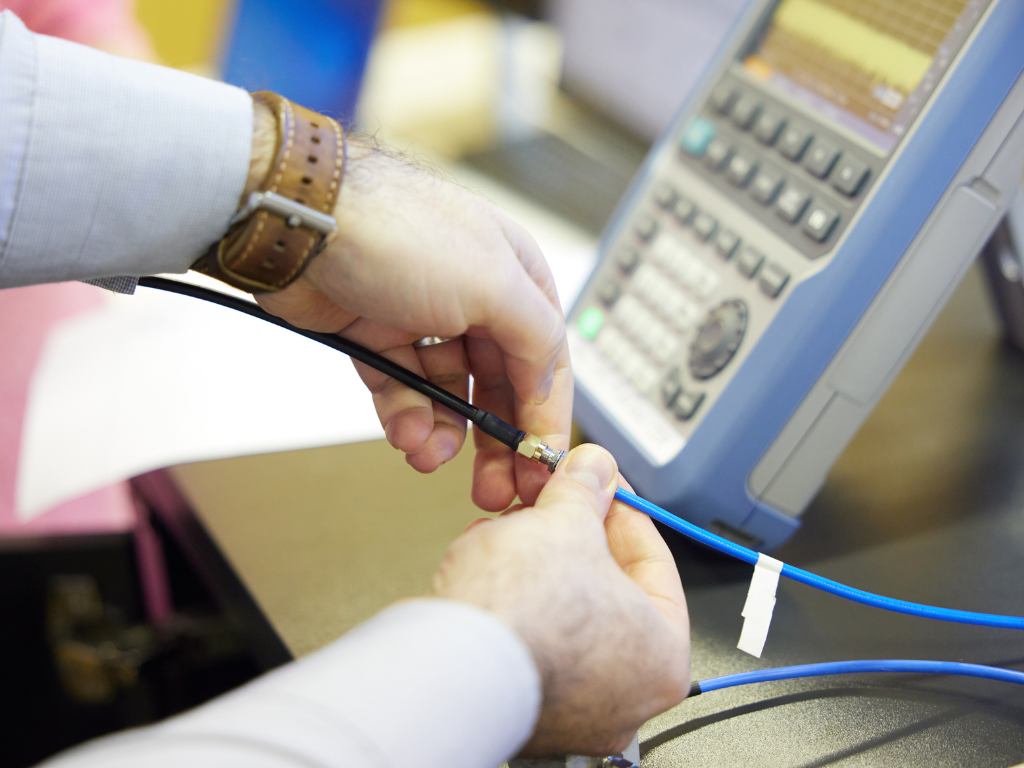Our Research

Specialist expertise in wireless and satellite communications systems.
SIGCOM conducts research aimed at designing, emulating and testing new high-performance systems for the future of mobile and satellite communications. Fields of applications range from 5G/6G telecommunications to satellite-based internet connectivity.
Facts and figures
-
4ERC Grants
-
2Spin-offs
-
2Laboratories
-
70Members
This Research Group is Part Of
Head of Research Group

